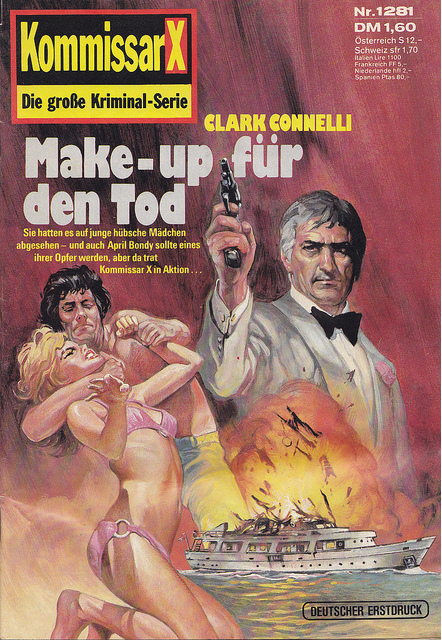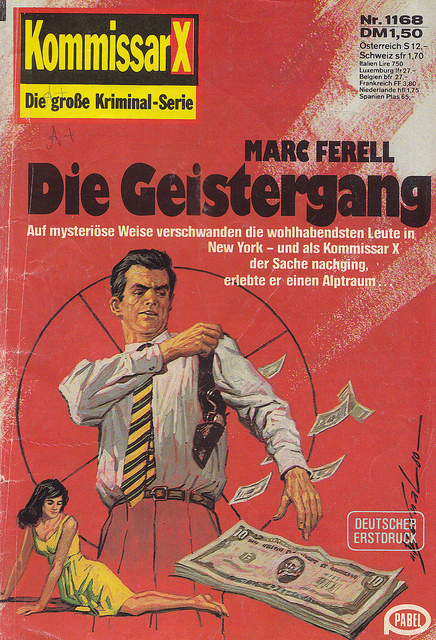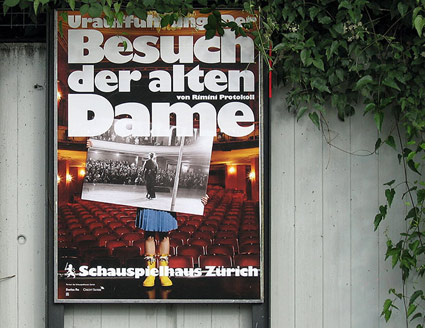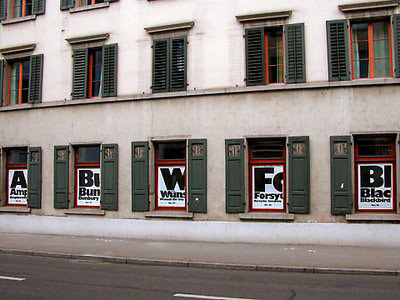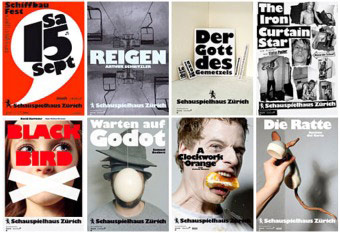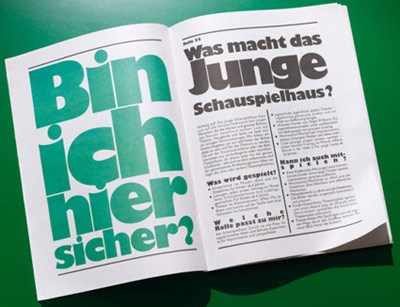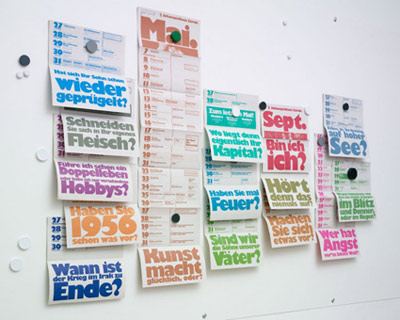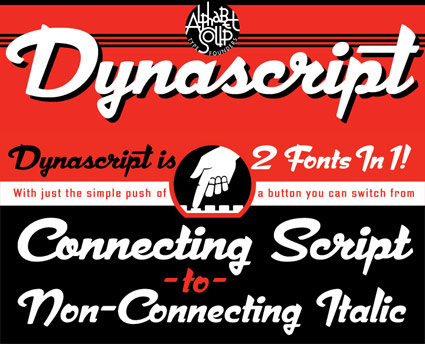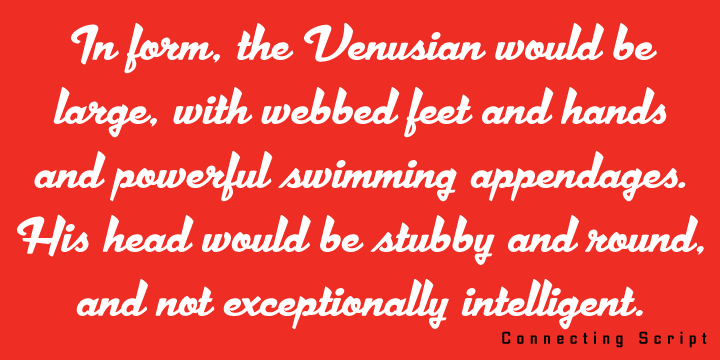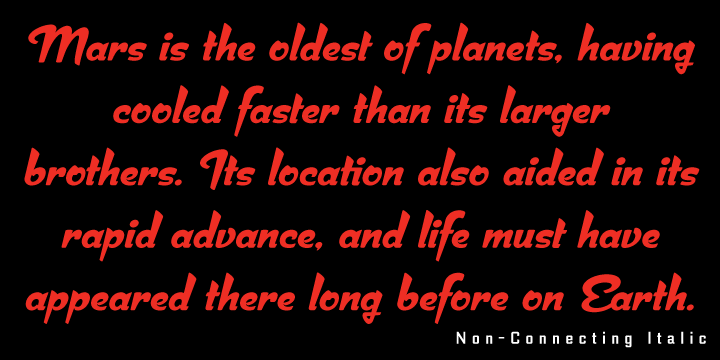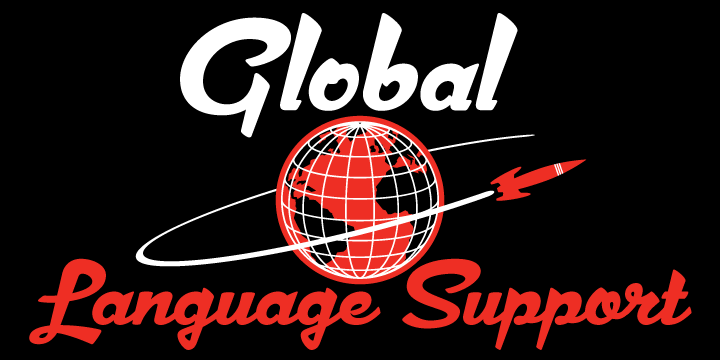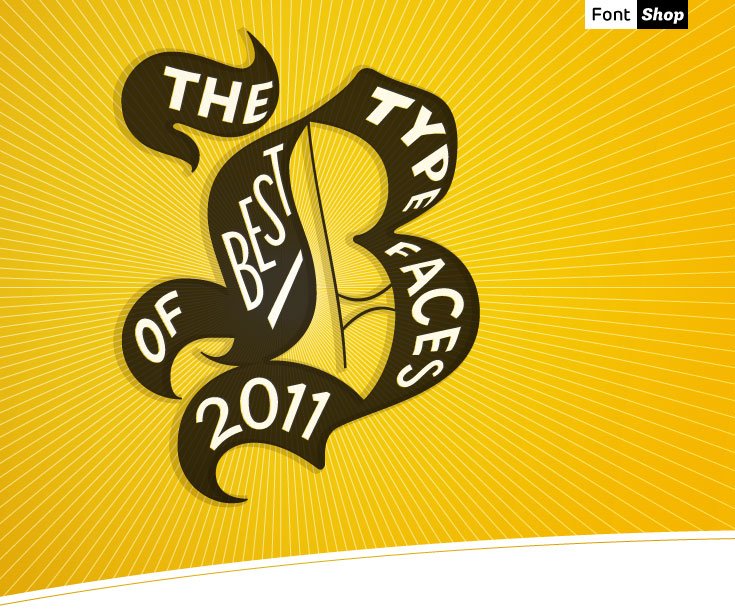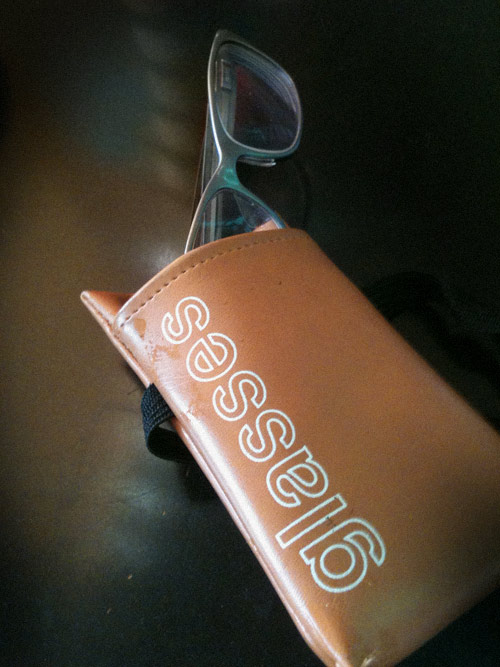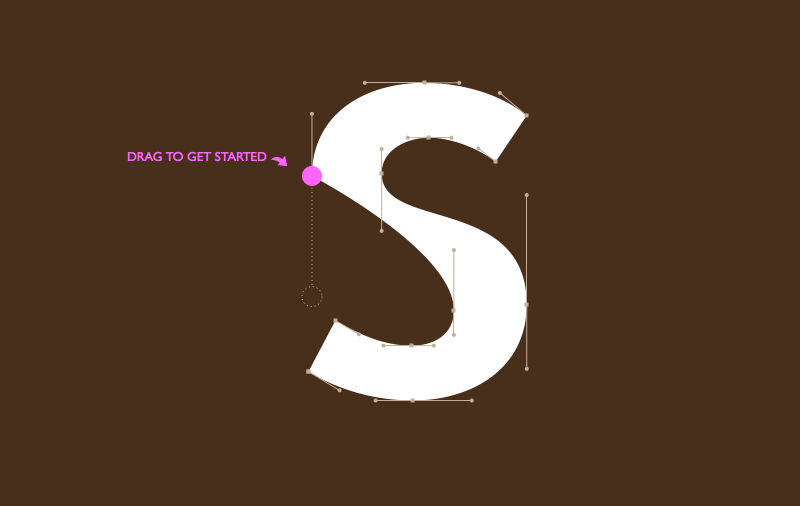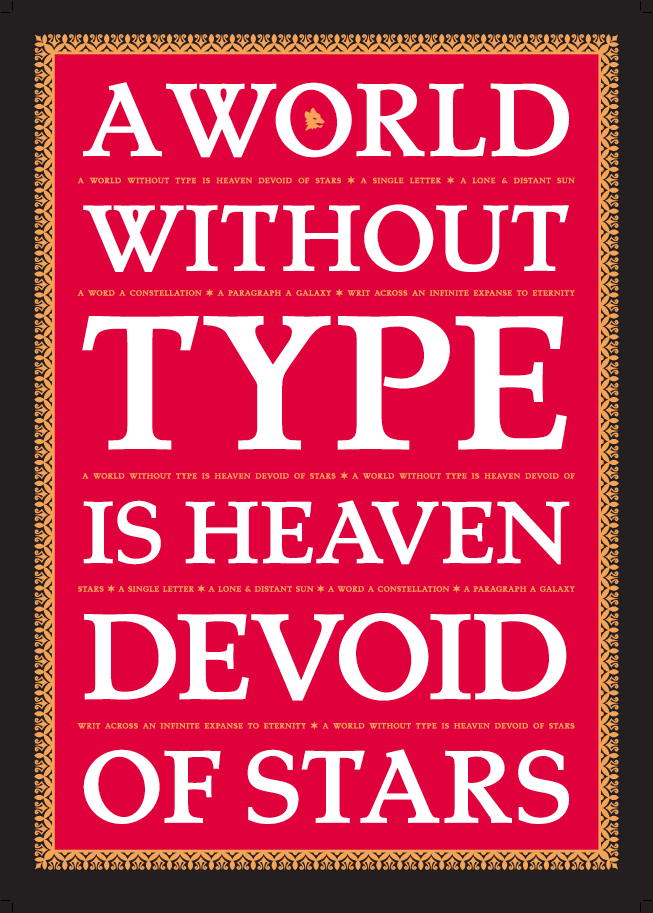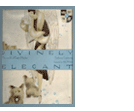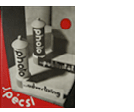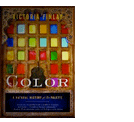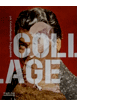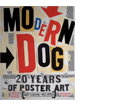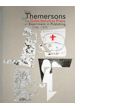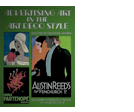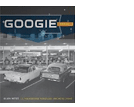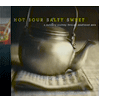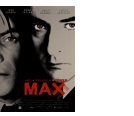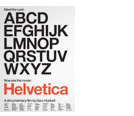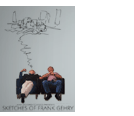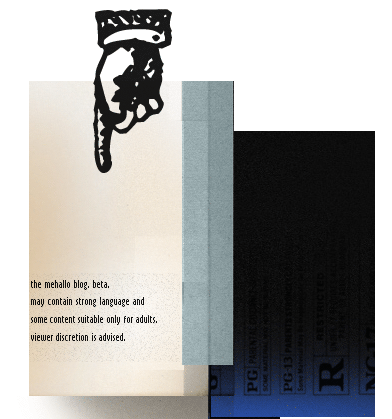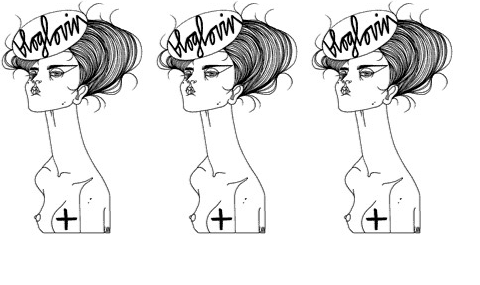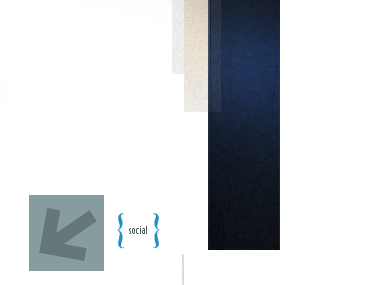entries Tagged as [fonts]
Gill on stage
‘The Swiss firm boldly embraced the face’s strong character, making it the singular voice of the Schauspielhaus, a theatre in Zürich’
The work of Raffinerie – theatre branding using the oft-maligned Gill Kayo typeface.
Detailed article by Stephen Coles here.
Typography, iced
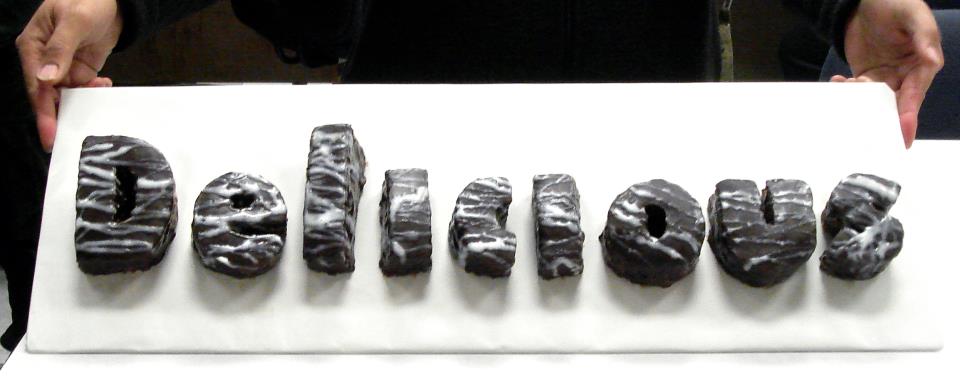
Final project from my beginning typography course at American River College: Futura Condensed Extra Bold, crafted as iced chocolate cake by student Lilie Matyuk.
Food-based type is always a tricky undertaking, but luckily we had Teresa Urkofsky teaching next door – in the culinary classroom. Teresa had recipes and techniques ready to advise.
Designing fonts: Shaping, kerning, tools
I’ve been drawing some form of type since the 1980s. And have been teaching type for several years now.
It’s hard to ‘go digital’ when introducing typography, since letterform history goes back hundreds (and thousands) of years.
So I still use 15th century era handtools in my introductory type courses.
Good fonts still contain elements from long ago – and today, all we really do is recreate what was once done with broad pens – using digital tools.
font games!
To get a taste of how ‘us professionals’ render type these days, check out Mark MacKay’s brilliant Shape Type (pictured above) and Kern Type. Both are nutshell adaptations of today’s process – kerning being a majorly overlooked, but necessary typesetting skill.
digital type tools
Fonts today are vector-based, so a mastering the basics of Adobe Illustrator is the start.
Beyond this, there are a bunch of applications on the market for drawing fonts. FontLab is the big one, Fontographer is the old one with the easy interface – and TypeTool is a barebones student-discounted alternative. Unlike Illustrator, these font tools take into account how letters are drawn, with built ins that make it easy to adjust edges. Karen Cheng’s Designing Type is also a must resource to have.
And I do all my logo drawings directly in FontLab – after multiple sketches in pen and ink. It’s just easier that way.
Shape Type found via Mark Nutini
Champagne Valentine
The work of Amsterdam-based collective Champagne Valentine.
Reel features Stefan Hattenbach’s first typeface, New Global.
A World Without Type . . .
‘Screen-printed in Tokyo on beautiful, red Plike paper with gold, white and black inks.’
Just released: Limited edition typography poster designed by Swedish type designer Stefan Hattenbach, set in his own Tarocco Bold.
Available here.

